Here Comes the Neighborhood: Mixed-Use Projects’ Bid to Fit In
Strategies for handling the multiple challenges—and opportunities—of these in-demand developments.
Mixed-use project developments, which have often reflected the neighborhoods they spring up in, are increasingly adding new twists. That could mean an urban-style neighborhood in the suburbs or a village square concept in big cities. Planning and designing the next generation of these communities can create the best of both town and country for residents, with lifestyle considerations at the heart of site selection and building.
In the process of delivering these projects, however, developers must reckon with multiple challenges: zoning laws, community resistance and finding the right combination of property uses amid changing customer preferences. Strategies associated with planning conventional projects only multiply and intensify with mixed-use.
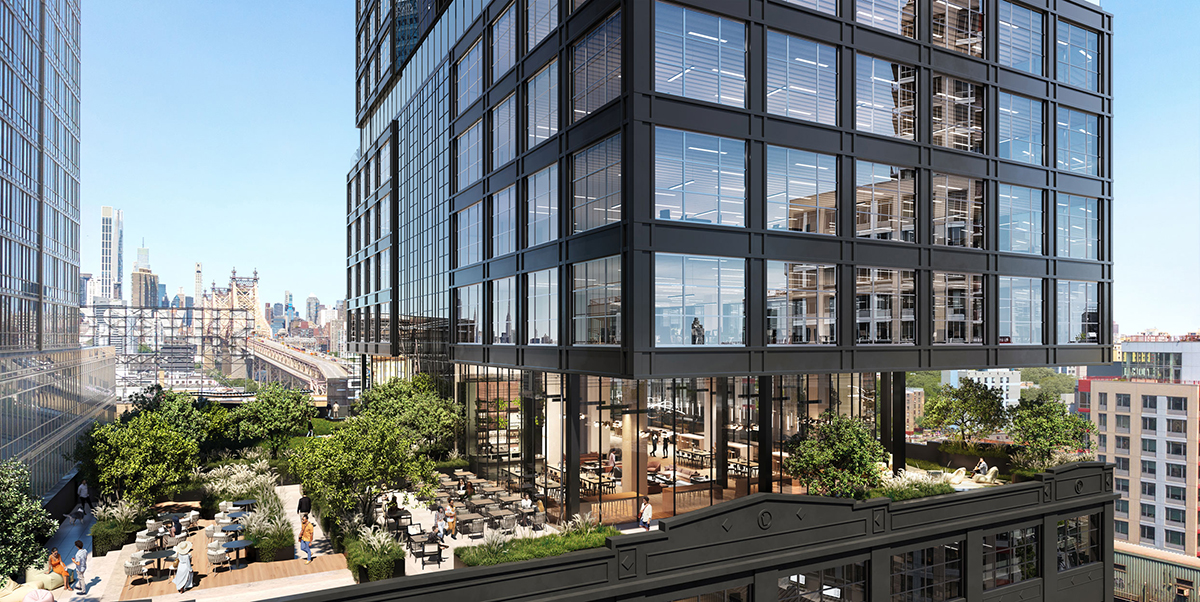
Opus Point at 23-10 in the Queens, N.Y., Long Island City neighborhood offers modern office and retail space. Image courtesy of Dynamic Star
Key questions include, “What does the market want in this location?” and “What can we deliver that can respond to demand?” said Chris Coleman, vice president of development at Wingspan Development Group.
Early steps in Wingspan’s process include consultants weighing in on a project’s potential and meetings with representatives of the municipality or neighborhood. That shortens the timeline and helps address opposition. “While we might not always meet the demands or requirements of those stakeholders or neighbors who have concerns or issues,” Coleman said, “those developers who listen and make a good-faith effort can typically overcome challenges.”
When local communities oppose projects, it is often because “people see development as not good for their neighborhood rather than seeing it grow together,” observed Brad Zackson, co-founder & director of development at Dynamic Star in New York City. “We try and do a very good job by meeting and listening and talking. Zoning is a much more arduous process without building relationships with the players in the neighborhood or municipality you plan to build in,” said Zackson, adding that a sophisticated internal team is also critical to the permitting process.
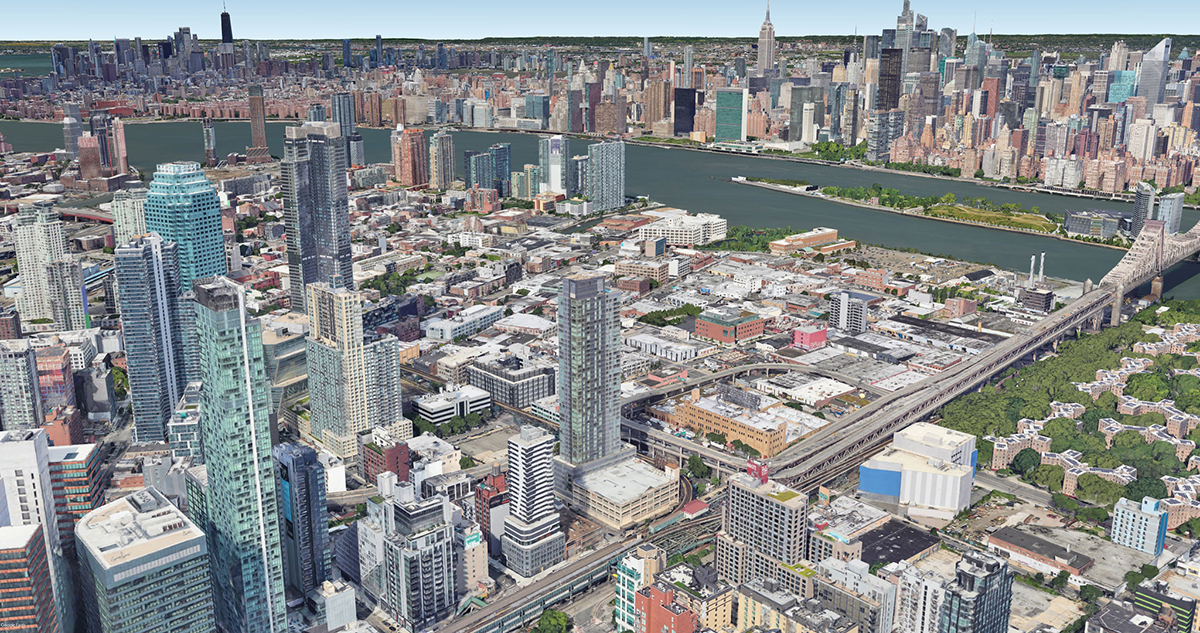
Dynamic Star’s Opus Point in Queens’ Long Island City neighborhood will offer a mix of commercial and office leases. Image courtesy of Dynamic Star
Nevertheless, he notes that “the local community that you enter is the most important” factor. “They know their communities, so you really start to understand what’s going to make it work.”
In cities, where neighborhoods often have particularly strong identities, the resistance to new development is often strongest. Community groups tend to be more organized and raise different issues than their suburban counterparts. “You can have locations with very strong demand for the site and all of the demand drivers are there, but the municipality or some other involved stakeholder is going to make the process prohibitively cumbersome. We would avoid that,” said Coleman.
Zoning laws have long presented a hurdle to developing new projects, but some municipalities are reviewing their regulations. New York City is slowly rolling out plans to overhaul zoning laws in an attempt to open the door to more mixed-use properties in the form of office-to-residential conversions.
“I think any zoning reform is helpful and helps spur development,” said Zackson, though he expressed the view that where conversions are considered, mixed-use is still the best option. “I don’t think turning all these office buildings to residential buildings is a solution.” In many cases, the solution may be a split. “I think they should turn the tops of the buildings residential and keep the office and modernize the office to create what people want.”
Urban symbiosis
Existing residents will be key to supporting the commercial components of new mixed-use projects. Maintaining a dialogue with residents and local institutions is critical to understanding how a project can become a part of a neighborhood and meet its needs. “A mixed-use development should end up being more than the sum of its parts, but each part should end up being viable in and of itself,” said Coleman.
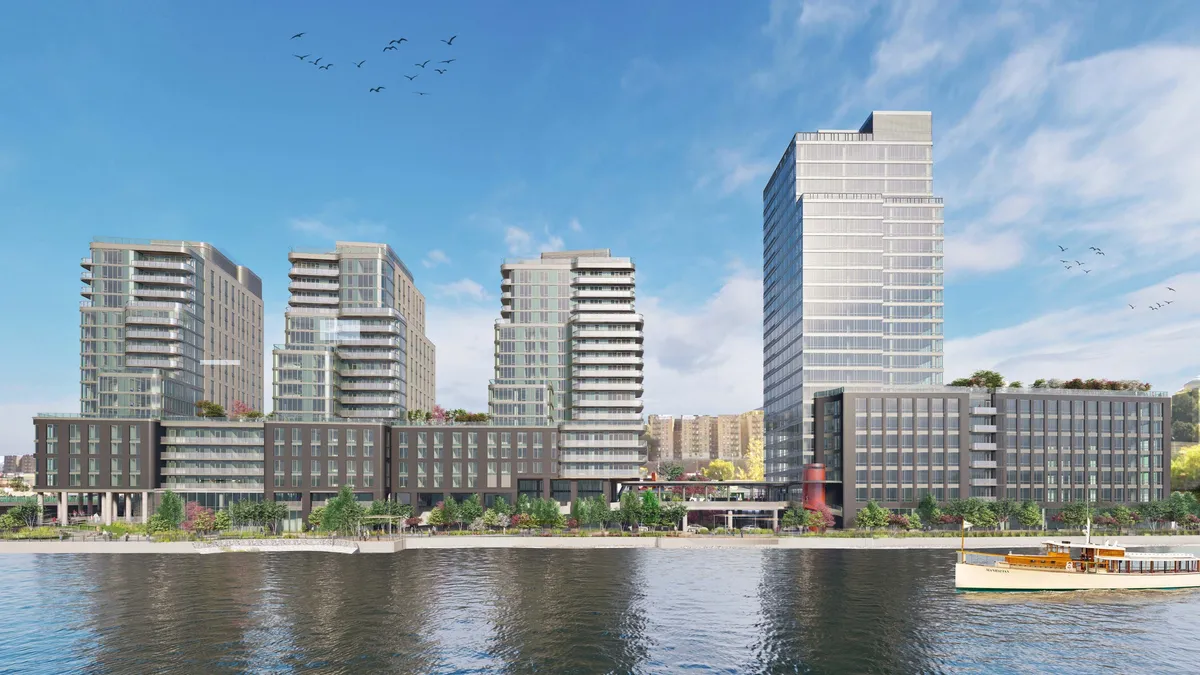
Dynamic Star’s Fordham Landing South is located at 320 W. Fordham Road, in the Bronx’s University Heights neighborhood. The property will offer medical office space, 505 housing units and a waterfront promenade along the Harlem River. Image courtesy of Dynamic Star
“There are sometimes situations where, for whatever reason, the municipality or some of the stakeholders want you to include, particularly in the residential piece, some kind of commercial component that doesn’t really fit, that’s not viable and in many situations can compromise other commercial existing retail businesses in that same submarket or area.”
Developers may face pressure from local agencies or other stakeholders to include a commercial component that doesn’t fit the larger plan. One such pitfall to avoid is excessive or unnecessary retail space, said Coleman, especially when it replicates viable businesses in the community. “What those existing businesses need is just more foot traffic,” he said, “but there is this desire from some stakeholders to deliver even more commercial space, because that is what they think is important.”
Nor can a mixed-use project’s retail spaces rely on commercial tenants alone. “You have to look at neighborhoods and feel there’s an opportunity for office, retail and for people to want to live there and how the local community will support what you’re doing,” said Zackson. Commercial space should integrate with the local culture, he added, with the available locations marketed to the kinds of small businesses that are typical to the area.
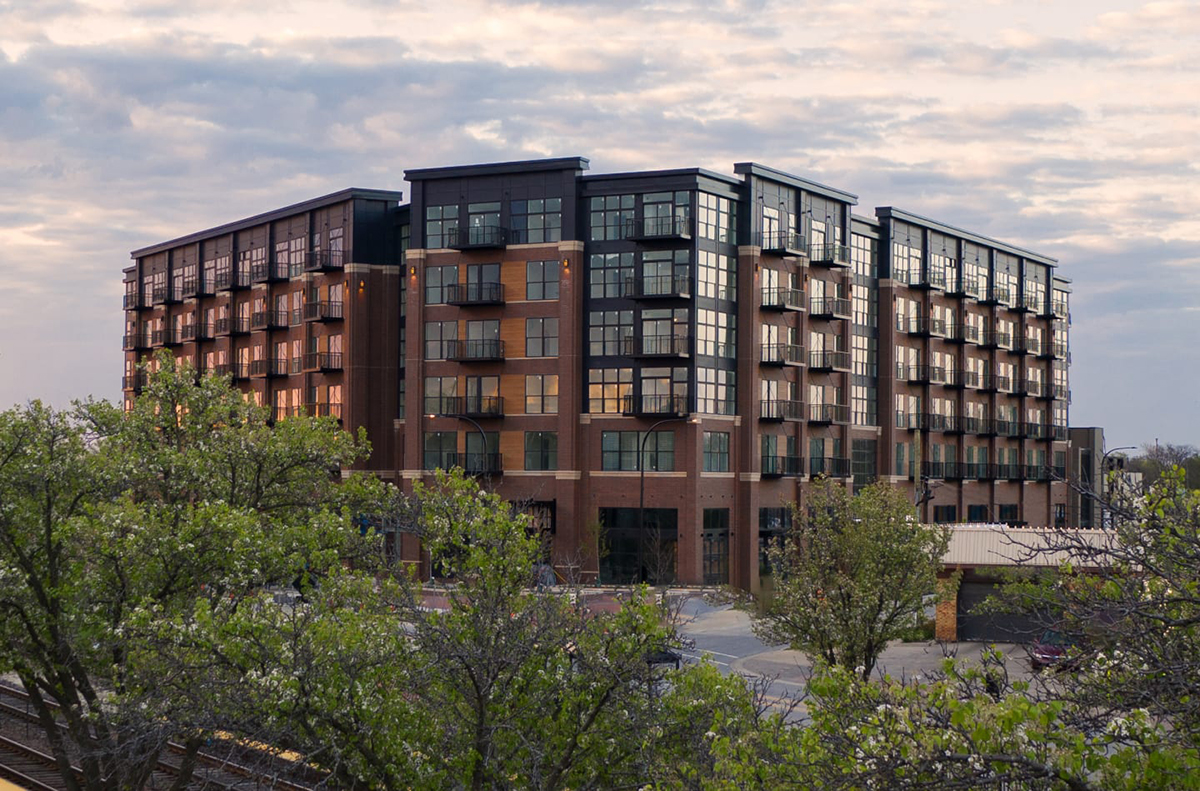
Maple Street Lofts in Mount Prospect, Ill., is located outside Chicago and offers an easy commute to the city. Image courtesy of Wingspan Development Group
“On the commercial side, it’s got to have good demand drivers for that commercial space in and of itself,” said Coleman, noting that one 192-unit residential project developed by Wingspan includes a 16,000-square-foot grocery store. “It’s a great amenity for the building and those residents are going to help support that grocer, but that grocer can’t live off of our presence. There’s not enough business there. There have to be underlying fundamentals that exist for that grocer outside of our building.”
In an age of online shopping and food-delivery apps, commercial and retail outposts must do more to lure consumers in. Access and convenience remain key, though commercial tenants still have some heavy lifting.
“The changes in mixed-use projects have been as dramatic as the change in the shopping patterns of customers,” said Coleman. Shopping habits have evolved dramatically in the past few years. The whole shopping experience and the way that people buy goods today is markedly different than it was five or 10 years ago. “Whether you’re selling milkshakes or whether you’re selling makeup, there’s some reason that you’ve got to have to get the person to come from wherever they are to your store.”
The commercial components of a mixed-used project and the surrounding community will ideally complement each other, said Coleman. “They need to exist independently and flourish together.”
Mack Selberg, managing principal at architecture firm Ankrom Moisan, has likewise observed a rising comfort level with mixed-use projects in both the commercial and multifamily sectors. “We are much better with mixed-use,” he said, noting that the pandemic temporarily dampened enthusiasm for such projects. “The (post-pandemic) destruction of retail food and beverage did not help mixed-use,” but rather encouraged the development of exclusively residential projects, at least in the short-term.
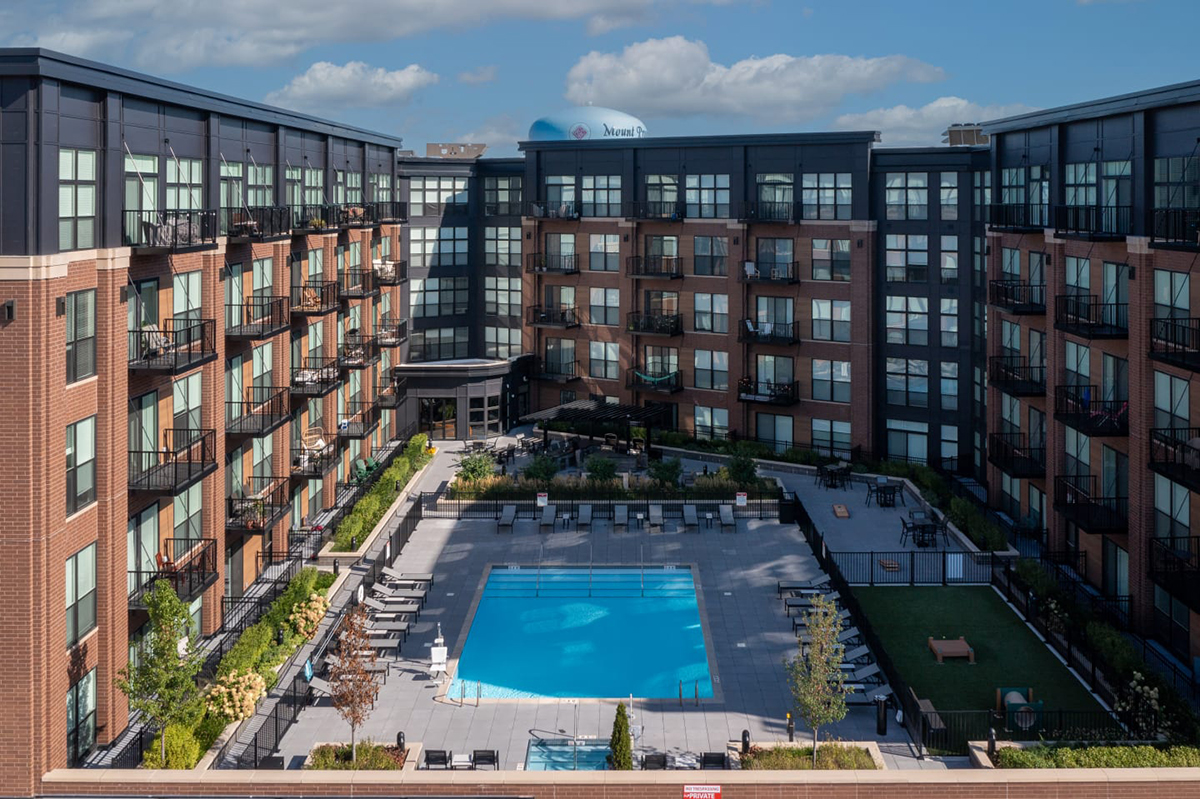
Wingspan Development Group designed Maple Street Lofts in Mount Prospect, Ill., as a community with its own grocery store that would complement the surrounding neighborhood and offer an easy commute to downtown Chicago. Image courtesy of Wingspan Development Group
An end to suburbia?
The desire to bring the walkability and broad range of dining and retail options that urbanites are accustomed to to their new neighborhoods is a strong one.
“People don’t want to live where there’s just residential. (If) there’s no retail, there aren’t interesting things to do,” said Zackson, whose firm focuses on transit-oriented locations in and around New York City. “All our projects are mixed-use and we believe that’s the future.”
As important as proximity to transportation is, Zackson also pointed out that ditching a long commute is a potential upside of more integrated commercial and residential neighborhoods. “Spending half your day on a train to get home to a suburban place isn’t what you really want. It isn’t productive.”
“What I’m going to broadly call ‘lifestyle living’–there’s a high desire for that in suburban locations and I think it’s driven by experiences that (prospective residents) had in urban settings,” said Coleman. The lifestyle aspect is a central consideration for residents, added Selberg. “They love to walk to the open market and get the bread while it’s still warm.”
In the long run this may be part of a national upending of the postwar American residential order. “How we used to live is the way we like to live,” said Zackson, observing that government desire to expand highways over the better part of the last century has resulted in a decades-long proliferation of exclusively residential areas. “There is a whole retooling, but it’s good retooling, because we’re starting to see what we really want as people, not what the government or someone is pushing us to want.”
“We’ve created apartment buildings that have reproduced a community,” said Zackson. “Your neighborhood becomes your building.” The same thought process carries over to mixed-use projects’ office components. “We need to make a place where people want to come to work and be part of something and there’s a reason for going to the office instead of staying at home.”








You must be logged in to post a comment.